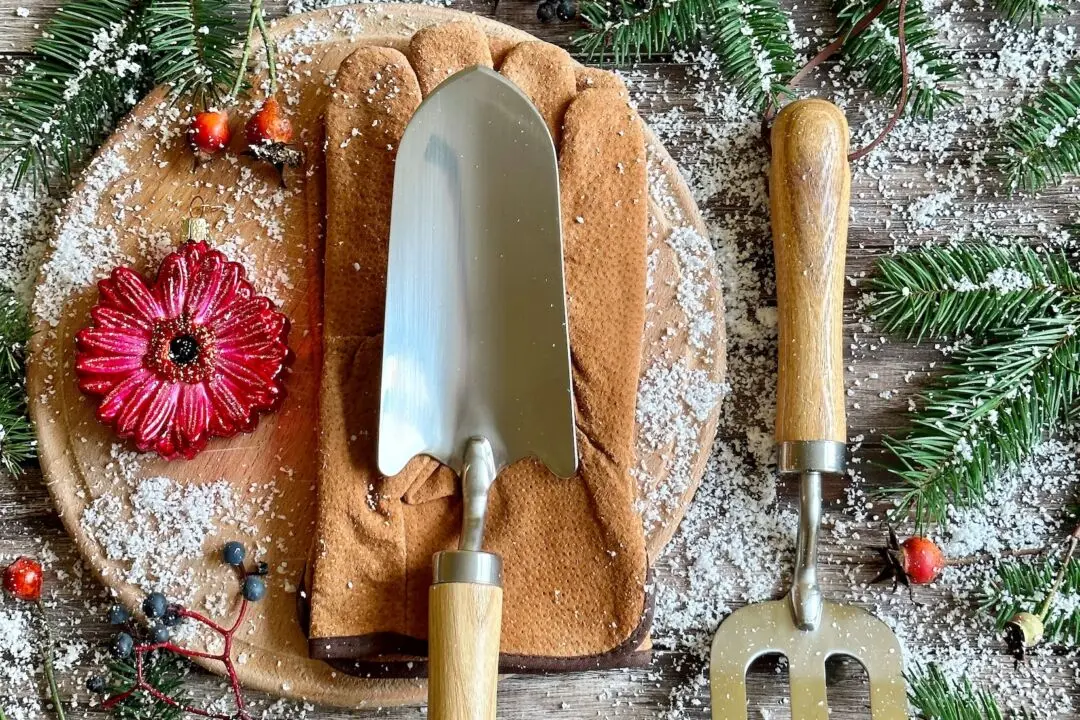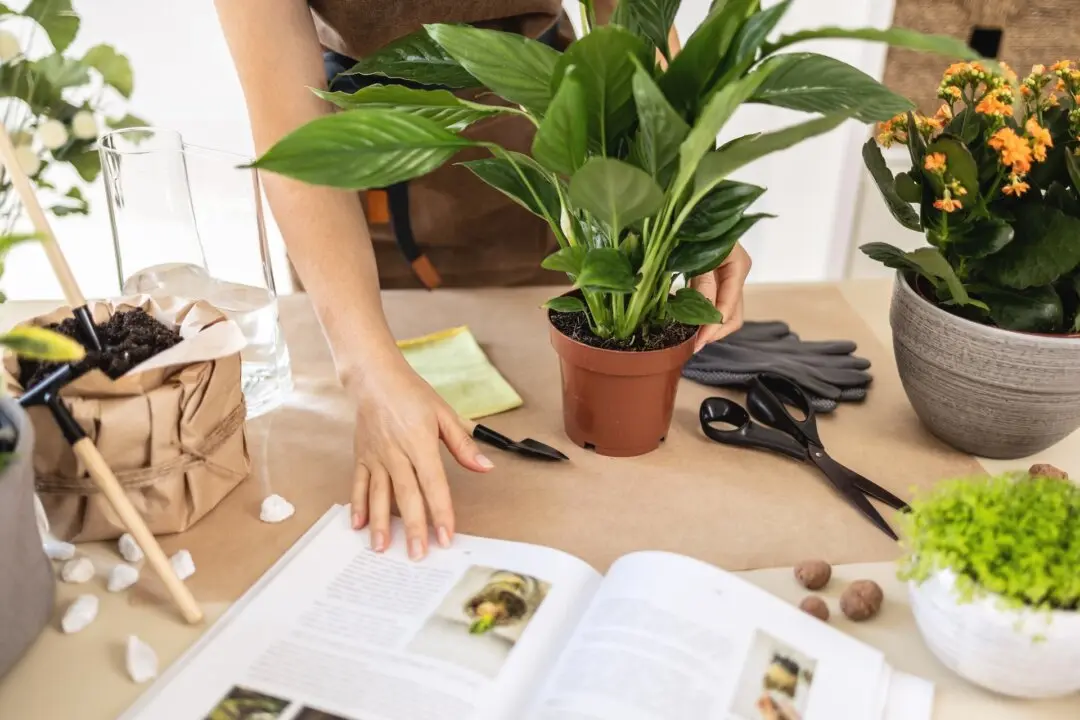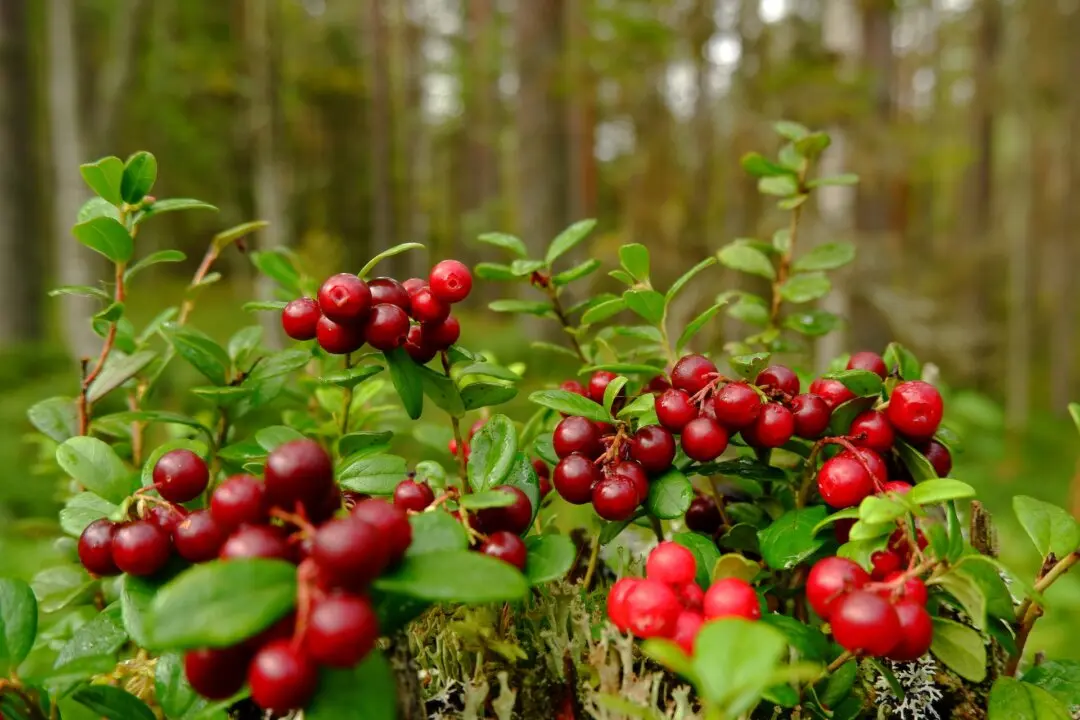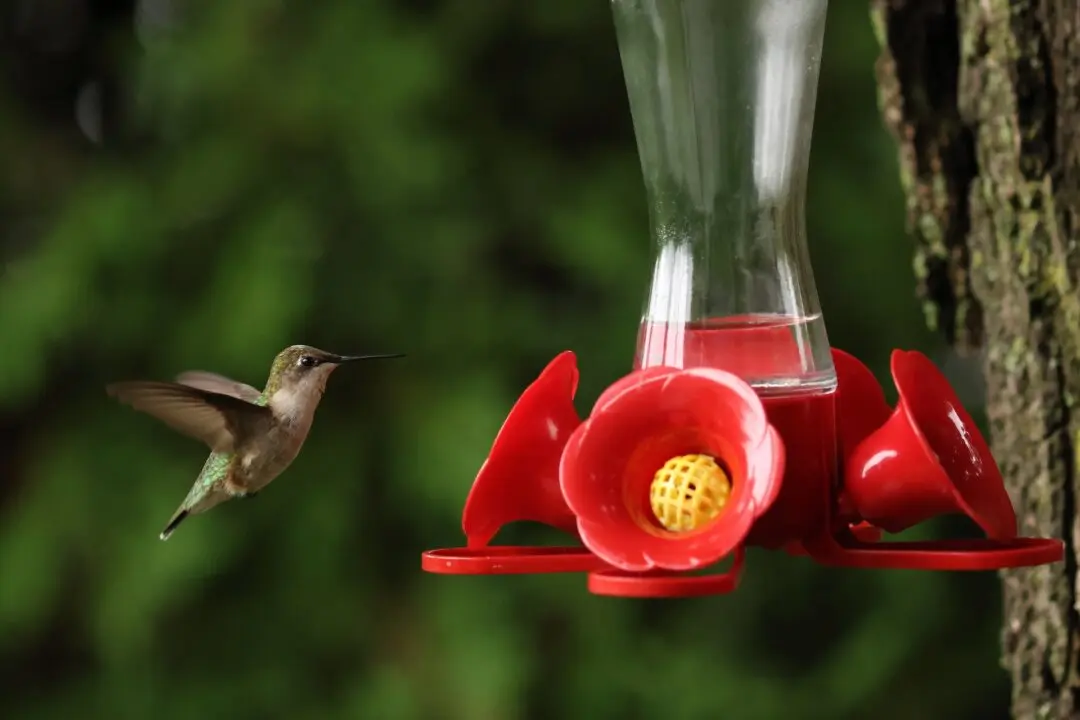Question: I have never tried planting herbs in my garden, so I don’t know what to do or how to get the seasonings from them. Is an herb garden too complicated for an ordinary gardener like me?
Answer: You may have heard of herb gardens or kitchen gardens, or even gardens of herbs where the plants are trimmed into fancy mazes or knots, but you don’t have to do any of that to get the healthful benefits of fresh herbs.





